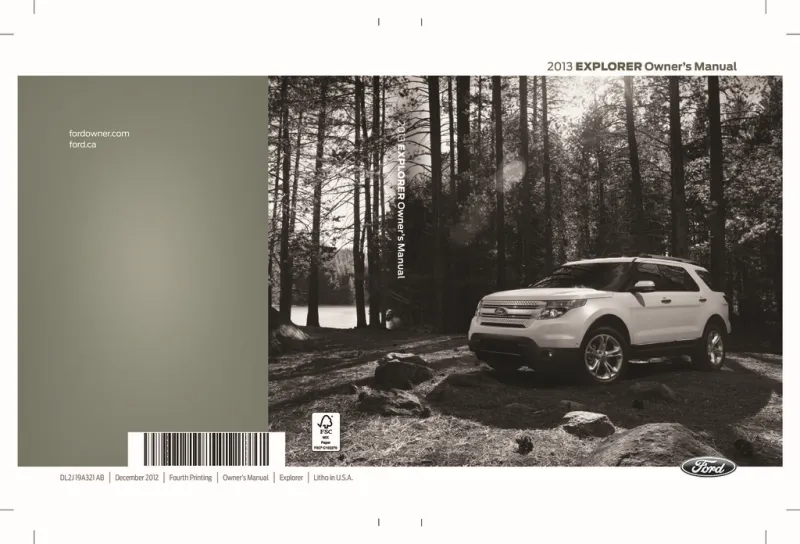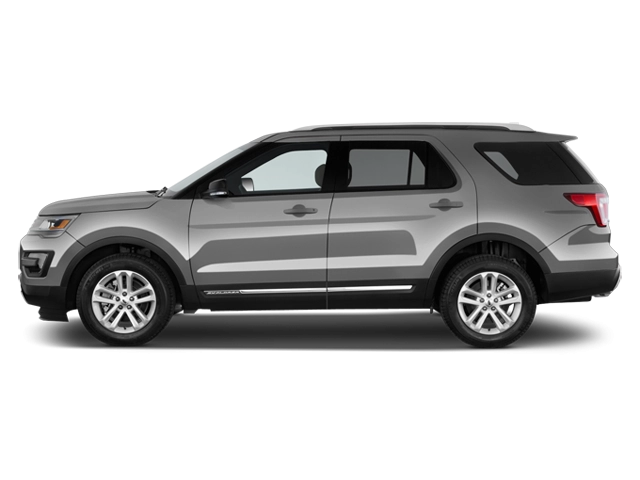2013 Ford Explorer Owner's Manual

Table of Contents
2013 Ford Explorer Overview
Introduction
The 2013 Ford Explorer melds rugged utility with refined comfort, making it an ideal choice for adventurous families and individuals seeking a versatile SUV. With a blend of traditional Ford styling and modern technology, the Explorer retains its status as a popular midsize SUV, giving drivers the confidence to tackle any terrain while ensuring a comfortable ride for passengers.
Powertrains
The 2013 Explorer comes with two robust powertrain options to suit various driving preferences. The standard engine is a 3.5-liter V6 that delivers a commendable 290 horsepower and 255 lb-ft of torque, paired with a six-speed automatic transmission. For those seeking enhanced performance, the optional 2.0-liter turbocharged inline-four engine produces an impressive 240 horsepower while providing better fuel efficiency, ensuring that drivers can experience power without compromising on economy. All-wheel drive is available across most trims, offering improved traction in challenging conditions.
Trims
The Explorer is offered in several trims, providing ample choices to fit diverse needs. Starting from the base XLS, the lineup progresses through the XLT, Limited, and the more sophisticated Sport trim. Each trim level builds on the last with added features, including upgraded sound systems, premium leather upholstery, and advanced technology packages, catering to those who desire luxury alongside capability.
Features
Inside, the 2013 Ford Explorer boasts a spacious cabin equipped with user-friendly technology. Standard features include a touch-screen infotainment system, Bluetooth connectivity, and federal-grade safety features such as multiple airbags and Stability Control. Higher trims offer enhancements like a rear-seat entertainment system, navigation, and a premium audio system, ensuring comfort and enjoyment for all passengers.
Owners Manual
To help drivers get the most out of their vehicle, the 2013 Ford Explorer comes with a detailed owner’s manual. This comprehensive guide offers essential information on maintenance schedules, troubleshooting tips, and the car's features, ensuring that owners can maximize their driving experience and maintain optimal performance throughout the vehicle's life.
User manual download
The Ford Explorer owner manual for the 2013 model year is to be found in PDF downloadable format on this page. The owner manual for the model year 2013 is free and in English, but the repair manuals are usually not easy to get and may cost more.
Manual Questions
Fill the form below and someone will help you!

